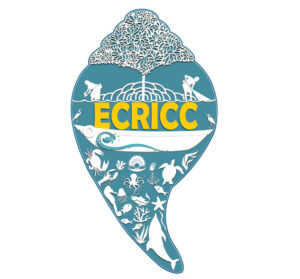Bahuda (Ganjam district)
Bahuda estuary is a small estuary situated at the extreme south coast of Odisha, in Ganjam district between latitude 19°3’N- 19°10’ N and 84°E. The estuary covers an area of 15 sq. km with an average depth of 2.6 meter. Only 73 km long, river Bahuda originates from the Khondalit terrain of the Eastern Ghats at Andanda, located in between Ramgiri and Mahendragiri hills of Gajapati District of the state. It meanders through several valleys or plains of two states – Andhra Pradesh and Odisha, forming the estuary near Sonapur in Ganjam district of Odisha, and finally empties into a shallow lagoon that opens into the Bay of Bengal.
The size of the estuary is about 5 km in length and 250 metres width. It has larger bodies of standing water occupying distinct basins, mudflats, marsh and huge salt pan area. The estuary basin near the mouth and head region is sand dominated, while their mid reach is characterized by silt and clay dominated sediment. It has a large mudflat near it which can well be utilized for brackishwater culture of these prized species.
Bahuda basin have various associated wetland ecosystem. This region has significant ecological and biodiversity value. It provides suitable residence for unique species of flora and fauna. Patchy Mangrove is found in Bahuda. Only one species of it is found in the backwaters of Bahuda i.e., Avicennia marina. It is an important site for the faunal diversity of fishes in the east coast and support several species in terms of nesting cum breeding grounds for fin fish, acts as a nursery for commercial important shrimps, prawns and crabs as well as natural habitats of molluscs like mussel, oyster and clams. Bahuda high sporadic nesting takes place during the nesting period and are are excellent ground for number of water birds in winter.
The coastline of Bahuda has micro tidal (≤ 2m amplitude) with high wave energy. There is no natural hard substratum around. It is influenced by semi-diurnal tide and thus ingress and outflow of seawater occur twice daily. The physicochemical parameters of Bahuda estuary show well marked seasonal as well as spatial variations being influenced by monsoon cycle and tidal rhythm.



